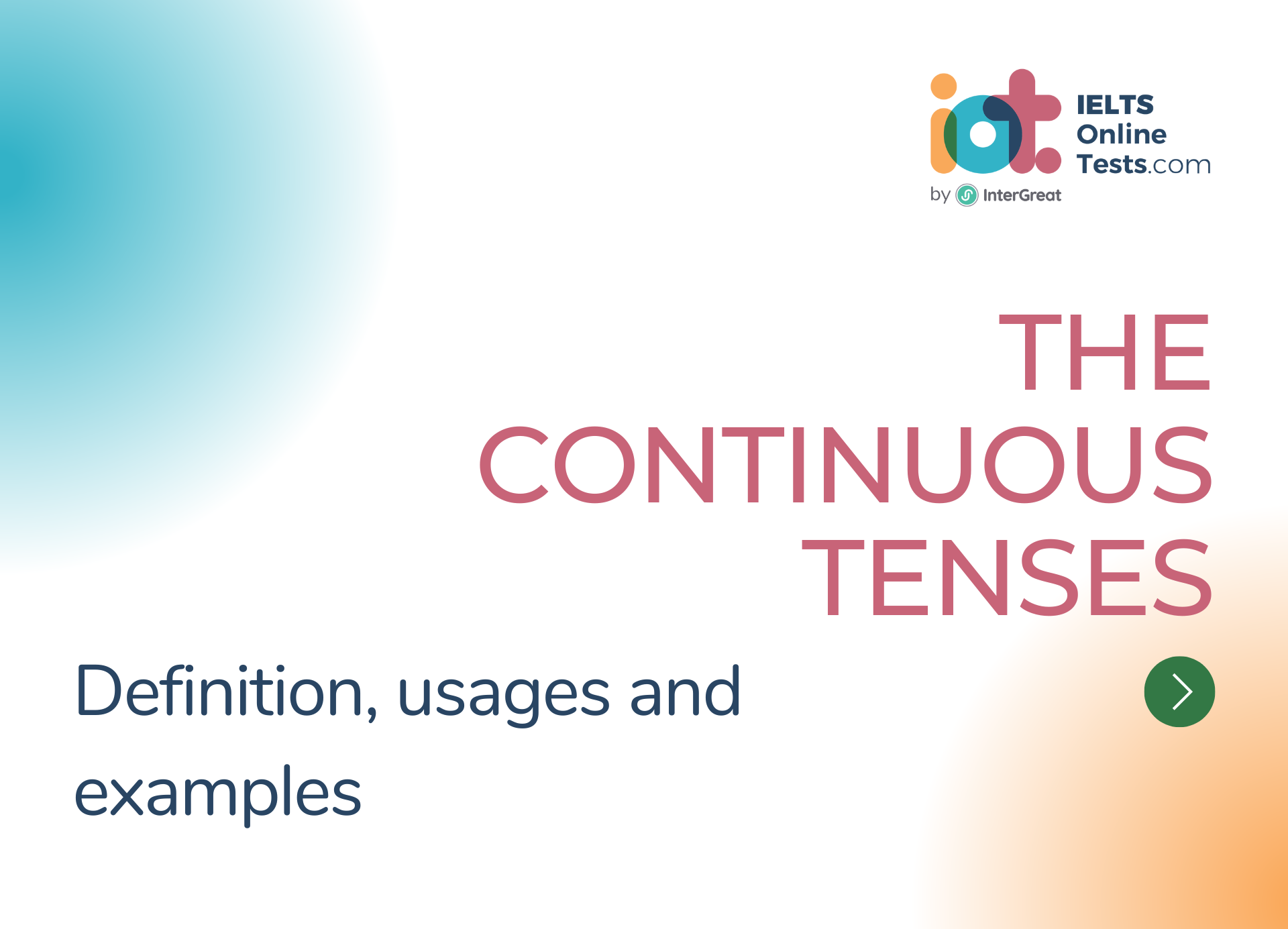
The continuous tenses in English grammar
In English grammar, the continuous tenses are used to describe ongoing or continuous actions, events, or states at a specific time. They indicate that an action is in progress or happening at a given moment. There are three continuous tenses: present continuous, past continuous, and future continuous.
Let's explore each in detail:
Present Continuous Tense:
- Formation: Subject + "be" verb (am/are/is) + present participle (-ing form) of the main verb.
- Usage: Describes actions or events that are happening at the present moment or around the current time.
- Example:
- She is studying for her exam right now.
- They are playing basketball in the park.
- We are having dinner at a restaurant tonight.
Past Continuous Tense:
- Formation: Subject + "be" verb (was/were) + present participle (-ing form) of the main verb.
- Usage: Describes actions or events that were in progress at a specific time in the past.
- Example:
- I was reading a book when the phone rang.
- They were watching a movie at the theater yesterday.
- She was cooking dinner while he was setting the table.
Future Continuous Tense:
- Formation: Subject + "will be" + present participle (-ing form) of the main verb.
- Usage: Describes actions or events that will be in progress at a specific time or during a specific period in the future.
- Example:
- We will be traveling to Paris next month.
- They will be attending a conference tomorrow.
- He will be studying for his exam all day on Saturday.
Key Points to Remember:
- Continuous tenses emphasize the ongoing nature of actions or events.
- They are formed using a "be" verb (am/are/is, was/were, will be) followed by the present participle (-ing form) of the main verb.
- The time frame of the action or event determines the tense used (present, past, or future).
- Continuous tenses often include time expressions to specify the duration or timing of the action.
- These tenses are especially useful for describing ongoing activities, temporary situations, or actions happening at a specific time.
By understanding the continuous tenses, you can effectively communicate ongoing actions or events at different points in time, whether it's the present, past, or future.




